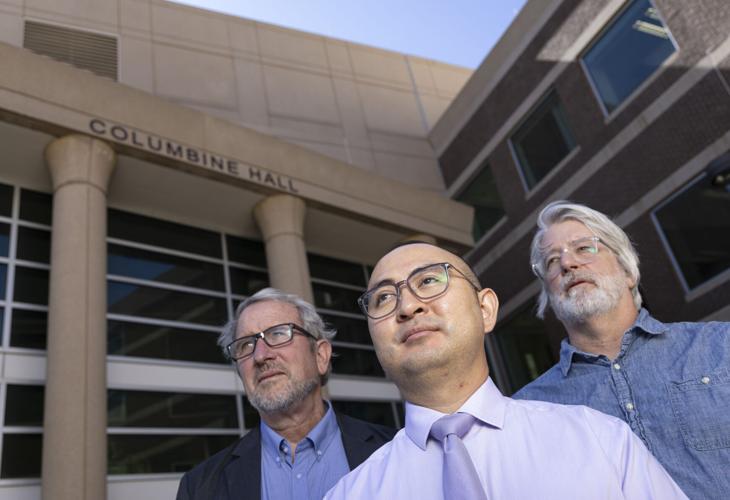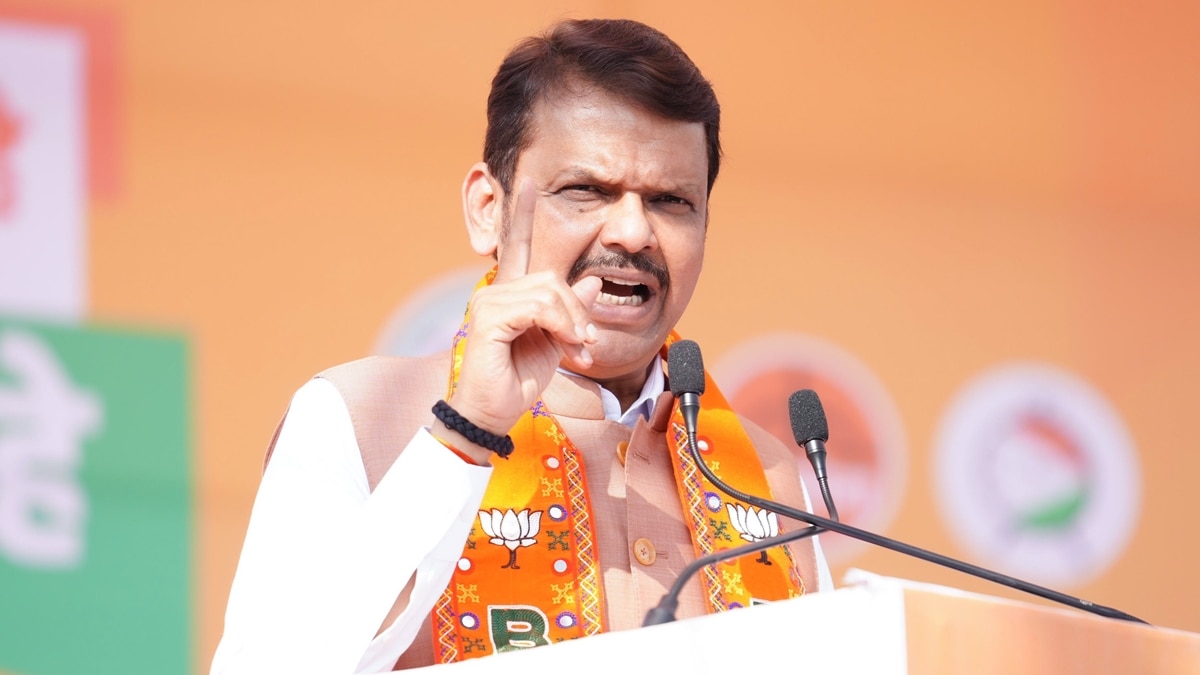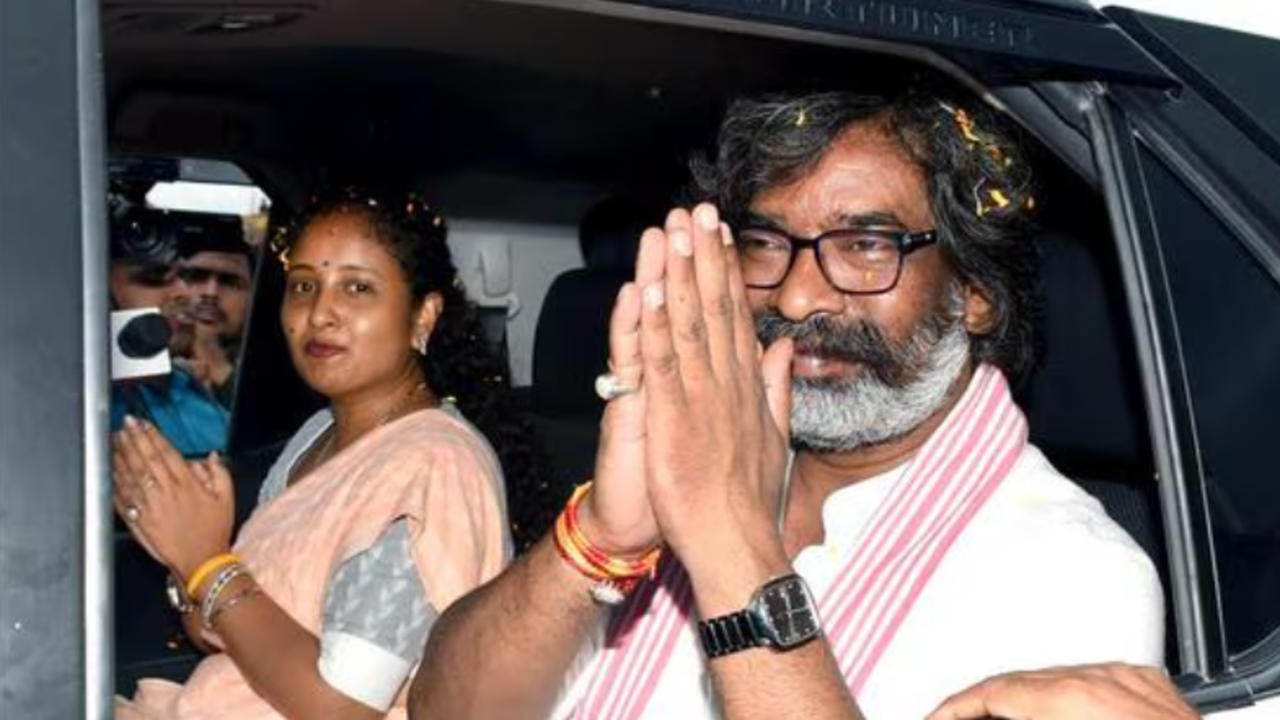
Analysing why the Left cannot get its act together , she stated about Aontú, that although “its position on immigration policy and reproductive rights make Aontú more right than left, its founder, ex-Sinn Féin TD Peadar Tóibín, was impressive in the last Dáil, impressive enough possibly to bring his sister and Meath East party colleague, Emer Tóibín, into the next one.” It made me wonder why anti-abortion stances are automatically right-coded. It was not always the case.
As late as 1996 and 2000, the Democratic Party presidential election platform for candidates Bill Clinton vs Bob Dole, and Al Gore vs George W Bush, respected those who were anti-abortion. Despite firmly endorsing legal abortion, the 2000 Democratic platform used Bob Doles’s proposed wording for the 1996 platform, which the Republicans had rejected. It recognises that party members have “deeply held and sometimes differing views on issues of personal conscience like abortion”.
It welcomes those who hold “a diversity of views” and sees it as “a source of strength”. In 2009, a House of Representatives provision preventing the Affordable Care Act (Obamacare) from funding abortions was passed with the help of 64 Democrats, almost a quarter of what was then Nancy Pelosi’s majority. This may cause the same level of shock for some as learning that the Republicans were the anti-slavery party in the American civil war.
And they might be more confused by learning that abortion was not primarily seen as a women’s issue until the 1970s. Abortion was funded by those who worried about rising rates of delinquency and overpopulation. [ Aontú wants to ‘see change in relation to the law on abortion’, Peadar Tóibín says Opens in new window ] Mary Ziegler , a prominent historian of the abortion movement, says that although it is unfair to conflate the often racist overtones of the anti-delinquency and anti-population growth movements with abortion activists, there was a substantial overlap in funding.
For example, leading anti-population growth figures such as John D Rockefeller III and Hugh Moore provided financial support to state-level campaigns to legalise abortion. Moore, author of The Population Bomb, was particularly concerned about the threat of “the abundant fertility of poor, non-white individuals in the developing world”. As Daniel K Williams shows in his history of the pro-life movement , Defenders of the Unborn, before Roe v Wade, the pro-life movement “did not originate among political conservatives, but rather among people who supported New Deal liberalism and government aid to the poor, and who viewed their campaign as an effort to extend state protection to the rights of a defenceless minority (in this case, the unborn.
)” This was true even among those who were motivated by religious concerns. Dorothy Day, a former hard-drinking communist-sympathising journalist who herself had an abortion, converted to Catholicism and became even more radical. As recounted in A Radical’s Search for Meaning, a new biography by James Murphy, he met Dorothy Day in 1973 in southern California while she was picketing with Cesar Chavez for the rights of vineyard workers to unionise.
This caused her eighth arrest. She was a pacifist who protested against the Vietnam war, nuclear weapons and capital punishment. She was also anti-abortion.
She saw these things as completely compatible. Bizarrely, pro-choice slogans such as bodily autonomy come straight from libertarianism, which emphasises individual rights above intergenerational and communal concerns. Some pro-choice advocates have even embraced the yellow Gadsden flag, with its hissing rattlesnake and the slogan, “Don’t Tread on Me”.
In the feminist version, the rattlesnake is coiled in the shape of a uterus and Fallopian tubes. Given the association of the flag with the Confederacy and later, with far-right groups , it may be meant semi-ironically. Still, it is far from the ideals of the early feminists.
By embracing abortion in the 1970s, feminism accepted that pregnancy was damaging to women’s lives, rather than something fundamental to human experience. By elevating choice above all other values, including human rights based on shared humanity, something vital has been lost. Left-wingers normally pride themselves on siding with the vulnerable and the weak against the interests of the powerful.
Given that so often, social and economic conditions determine women’s so-called abortion choices, why do allegedly left-wing politicians focus less on overcoming poverty and disadvantage and more on abortion? In Ireland’s crowded political centre, left-right divides are less and less about substantive economic differences and more about being seen to espouse the right views. As late as 2017, this newspaper’s political editor Pat Leahy reported that “none of the four main parties favour implementing the recommendations of the Citizens’ Assembly for greatly increased access to abortion” . But Fianna Fáil and Fine Gael in particular later embraced abortion.
Yet history is full of twists and turns. The Democrats learned to disavow slavery and perhaps one day, progressives will no longer exclude the youngest humans from the rights, protection and care of the community. Perhaps it’s the election candidates such as Tóibín and others, trying to build a society where the rights of women and the youngest members of the next generation can all be respected, who will be seen in retrospect as the progressives.
.














